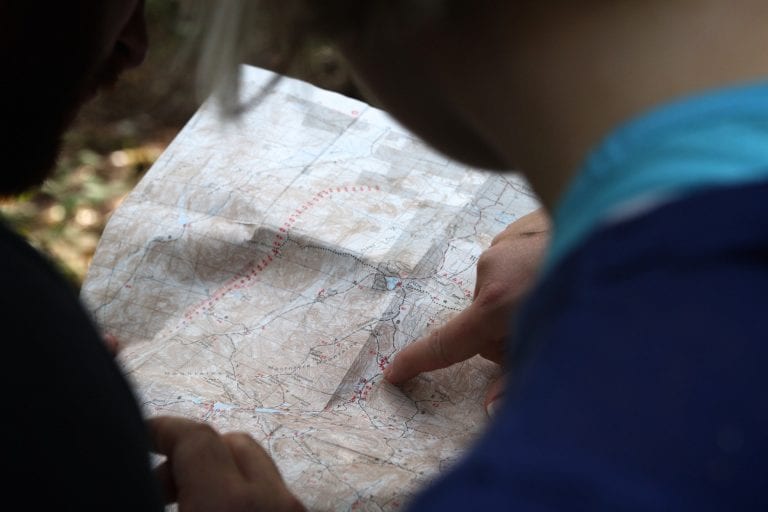The most important thing to remember with maths problems (and often other problems too) is that they can look a lot scarier than they actually are. Time after time I find when students just have a go they get a lot further than they thought they would.
Struggling with hard problems will help you understand maths better, in a way that you won’t if you just do easier problems and apply the same steps over and over. Even if you can’t figure a problem out you will still learn a lot – so just give it a go, and don’t feel bad about making mistakes!

A great way to make a problem less scary is to break it down into parts. Locky, a student, and I came up with a method we really like – we call it Traffic Lights. When you first start a problem grab some coloured pens, textas or pencils and mark everything like this:
Green = Maths you know and feel comfortable with
Yellow = Looks familiar but you’re not totally sure about it
Red = Absolutely no idea, time to freak out
Then you can do the green parts, and have a go at the yellow. If you feel more confident after that you can tackle the red, but you may want to ask someone for help or look up things you don’t know on Maths is Fun.
Locky uses this really effectively in exams, it helps him prioritise his time and stay calm. At the beginning of the exam he marks all the questions (or the different parts of the longer questions) green, yellow or red. He does the green questions first, and then he knows how much time he has to work on the yellow and red questions.
Then he does the yellow questions, taking his time to try and figure them out. With the red questions he gives himself a moment to freak out, then takes some deep breaths, calms down and gives it a go. You may find you have to end up just having to guess the red questions, but anything you can put down gives you a chance to get marks.


So how do you tackle the Yellow and Red problems? The first thing to do is look carefully at all the information they have given you. If you can draw a picture, draw a picture. If not just write the information out for yourself. If it’s a worded problem you’re going to have to translate it from words into maths so you can work on the maths. Maths is Fun has a great explanation of how to do that.
Then think about where they want you to get to. Basically your job is to get from A to B, and it might take a few steps. Don’t worry at all if you can’t see those steps straight away, often you can’t – it’s what makes a problem Yellow or Red. The trick is to take ANY step you can see, and then any other step. You’ll often surprise yourself by tripping over the solution. If you hit a dead end go back and try a different way of tackling the problem (btw dead ends aren’t a waste of time, you’ll learn more about the problem each one you try).
The main point is to have a go! You’ll learn a lot, and you might surprise yourself. Of course if you’re really struggling don’t keep bashing your head against the wall, get help some help.





